The cities of the U.S. and Canadian Pacific Northwest have long been incubators for novel environmental policy. Governments in Portland, Ore.; Seattle; and Vancouver, B.C., for example, were among the first to enact urban growth boundaries [Nelson and Moore, 1993; Hepinstall-Cymerman et al., 2011], climate action plans [Rutland and Aylett, 2008; Affolderbach and Schulz, 2017], and clean energy policies.
These cities also share similar geologic settings—active Cascade volcanoes dominate their eastern skylines, while to the west, a subduction zone hidden offshore threatens potentially catastrophic earthquakes. This juxtaposition of openness to policy innovation and experience living beside active tectonic hazards hints at a previously unrecognized way that cities, in this region and beyond, could learn and apply important lessons about resiliency to other risks—by learning from scientists at the world’s volcano observatories.
Volcanoes and earthquakes pose distinct risks in the Pacific Northwest and elsewhere, but like urbanizing areas everywhere, these regions also now face unprecedented climate threats. Each city must deal with its own unique mix of intensifying dangers from extreme heat, wildfire and smoke, wind, ice, rising seas, and flooding. Combinations of these hazards, many of which are occurring at scales and frequencies beyond those experienced by community members and leaders, are overwhelming the capacities of municipal governments to prepare, respond, and recover.

Among the biggest challenges—and opportunities—for cities trying to increase their resilience is customizing lessons learned elsewhere to their specific situations.
Few local governments have the expertise on staff to adapt and respond adequately in real time to rapidly changing and compounding disasters [Fink and Ajibade, 2022]. Nor do they have the budgets needed to educate the public about the increasing breadth and severity of climate-exacerbated risks or to invest in sufficient physical and social infrastructure to protect residents from catastrophic impacts. Among the biggest challenges—and opportunities—for cities trying to increase their resilience is customizing lessons learned elsewhere to their specific geographic, demographic, political, and economic situations.
This is where the approaches of volcanologists can help.
A Model for Mapping Local Risk
Unique among groups that monitor natural hazards, volcano observatory staff and their collaborators—as one of us (J.F.) has been for nearly 50 years—must understand the range of risks concentrated in a particular geographic setting. Teams and centers that track seismicity, landslides, debris flows, tsunamis, hurricanes, tornadoes, or floods typically work in multiple sites across regional, national, or global scales.
In contrast, most volcano observatories, some of which date back to the mid-1800s, are positioned within sight of one or more specific volcanoes that are the focus of their attention. Staff at these observatories must apply knowledge learned from other volcanoes, and from general theory about volcanic hazards, to the particular conditions of their site to assess and forecast local risks.
This need to customize forecasts extends down to metropolitan and even neighborhood scales. For example, parts of Tacoma, Wash., are built on mudflow deposits from past eruptions of Mount Rainier, whereas suburbs of Seattle, less than 30 kilometers farther north, sit on consolidated pyroclastic flows from that same volcano.
Naples, Italy, offers another example: Residents in the eastern part of the city have to worry about explosive products coming out of Mount Vesuvius, whereas western neighborhoods near the Phlegraean Fields face bigger threats from volcanic gases, ground uplift, and groundwater contamination. Strategies for alerts and evacuations, as well as public education needs, can thus vary widely from one local community to another.
The same is true of urban climate risks, which can differ dramatically block by block, depending on such variables as elevation, tree cover, construction practices, zoning, and proximity to water. For instance, the city of Tacoma has mapped resilience to sea level rise on a block-by-block basis, showing areas likely to be inundated according to different climate scenarios.

To help convey geographically variable risks from volcanic activity, observatory volcanologists produce detailed hazard maps specific to the volcanoes they focus on. These maps could serve as models for the emerging practice of urban climate risk mapping. Volcano hazard maps may, for example, delineate areas subject to mudflows, dome collapse events, or gas emissions, providing communities with locally relevant advance information. Similar maps of urban areas could indicate the most likely or most impactful climate-related hazards on a neighborhood or even block scale, or they could highlight where multiple hazards could lead to compound effects.
Crucially, volcano observatories monitor, map, and communicate risks that do not respect municipal, state, or even national boundaries (e.g., mudflows from Mount Baker in Washington can affect the suburbs of Vancouver, B.C.). This border-agnostic approach offers a valuable model for preparing for and responding to climate threats, which are experienced across jurisdictions but are often treated piecemeal by local governments.
Bringing the Hazards Home
Another parallel between volcano observatories and city resilience offices is that staff of each must sometimes alert the public about events that are outside the scope of the community’s prior lived experience. For example, when volcanoes awaken after long hiatuses, like Mount St. Helens in 1980 or Mount Pinatubo in 1991, typically few if any nearby residents have ever worried about or prepared for eruptive dangers.

Similarly, city dwellers have difficulty imagining dangers from climate change that they have never confronted. Ten years ago, for example, residents of Portland—as we both are—likely would not have foreseen temperatures reaching 108°F, 112°F, and 116°F on successive days as they did in 2021. (Prior to the heat dome event that year, the previous recorded high was 107°F, in 1981.) Likewise, we probably would not have foreseen extended periods of smoke-filled air that the U.S. EPA designated as “unhealthy for sensitive groups”—before 2015, Portland had never seen such conditions—or wildfires encroaching on the metropolitan area, as they did in 2017 and 2020. Similar trends of historically anomalous conditions occurring more often are playing out in a growing number of cities around the world.
The late filmmakers Katia and Maurice Krafft, volcanologists famed for their prolific and up-close documentation of active eruptions, recognized this problem of communities’ unpreparedness for natural hazards after the 1985 eruption of Colombia’s Nevado del Ruiz. That event killed 22,000 people, despite geologists having issued warnings a month earlier about the very kinds of mudflows that ultimately buried the town of Armero [Voight, 1990]. The Kraffts then dedicated their lives to making films to help vulnerable populations better appreciate the unfamiliar dangers associated with infrequent but potentially deadly volcanic eruptions.
Using the relatively unsophisticated editing tools of the 1980s and 1990s, the Kraffts superimposed footage from violent volcanic eruptions onto distant landscapes and cityscapes familiar to local populations elsewhere to grab their attention and elicit more visceral reactions than spoken lectures or written reports could.
Urban resilience offices can take advantage of powerful technologies like virtual reality, augmented reality, and lidar-equipped smartphones, as well as popular social media platforms.
Today’s urban resilience offices must do the same for their residents threatened by novel climate extremes. To achieve this, they can take advantage of powerful technologies like virtual reality (VR), augmented reality (AR), and lidar-equipped smartphones, as well as popular social media platforms like TikTok, all of which are now being used to supplement traditional assessment tools for volcanic hazards. For example, VR and AR have been used to communicate volcanic risk to local populations and tourists visiting Mount Vesuvius and the ruins of Pompeii [Solana et al., 2008]. And VR combined with gaming software engines has allowed analysis of drone-based mapping of otherwise inaccessible areas of the Greek island of Santorini, where the Minoan civilization settlement was destroyed by volcanic eruptions around 1600 BCE [Tibaldi et al., 2020].
Collaboration, Not Colonialism
A third similarity between the work of observatory volcanologists and city climate resilience programs is the need to work collaboratively with local experts and residents while avoiding “scientific colonialism.” Many of the world’s most dangerous volcanoes are found in low- and middle-income nations. Officials and scientists in those countries often benefit from having colleagues from observatories in other countries help them assess and interpret their local volcanic risks. However, this assistance sometimes leads to resentment when researchers from abroad collect and publish critical data without properly acknowledging or including local observers.
Resentment can also occur in efforts around urban resilience. Many of the communities most vulnerable to climate threats are in countries and cities that lack large scientific establishments or budgets to implement resilience measures. By contrast, the most visible and prevalent approaches to climate resilience have been developed by and for wealthier communities. The Thames Barrier, built decades ago to protect London from severe flooding, was an early example of this; Copenhagen’s infrastructure to manage intense rainfall is a more recent one.
Wealthy institutions sometimes help secure resources to support managers and technical staff in lower-income areas, who can then better understand and engage with their local populations and derive culturally appropriate responses. As the sustainability manager in the city of Portland’s Bureau of Planning and Sustainability, one of us (M.A.) was frequently called upon to advise city officials in other countries. Similarly, the World Bank commonly brings advisers from the European Union or North America to consult on projects in Africa and Asia. However, as with volcanologists, the goal of these urban resilience advisers must be to help local officials achieve scientific self-sufficiency, rather than dependence.
As most cities share a common set of responsibilities—including public safety, water management, emergency response, and maintenance of infrastructure—they also share common challenges in dealing with climate change.
As most cities share a common set of responsibilities—including public safety, water management, emergency response, and maintenance of infrastructure—they also share common challenges in dealing with climate change (even if their specific mix of risks varies). Peer-to-peer learning efforts have thus tried to fill pronounced gaps in climate knowledge at the city scale. Nongovernmental organizations like the C40 Cities Climate Leadership Group, MetroLab Network, ICLEI–Local Governments for Sustainability, and the Resilient Cities Network (launched from the Rockefeller Foundation’s 100 Resilient Cities initiative) have all helped grow awareness of the increasing threats cities face, as well as best practices for responses. Federal agencies in the United States, including the Federal Emergency Management Agency, the Department of Housing and Urban Development, and NOAA, also offer guidelines to local governments.
But local officials have at times criticized the approaches of such broadly focused programs and agencies for being too prescriptive or top-down. Even the idea that there is a single model of a “resilient city” that “ordinary cities” should aspire to has received considerable pushback [Naef, 2022]. What is often missing is the input of local experts, including Indigenous voices, with the knowledge and breadth of practical experience needed to advise their cities about the challenges they face and about appropriate, feasible, and tailored solutions.

Here, too, government volcanologists can offer useful lessons. National agencies like the U.S. Geological Survey (with its Volcano Disaster Assistance Program), the Japan Meteorological Agency, Italy’s Istituto Nazionale di Geofisica e Vulcanologia, France’s Institut de Physique du Globe de Paris, and New Zealand’s GNS Science all have teams of well-resourced volcanologists that they can deploy to emerging crises. Rather than acting unilaterally to collect data or direct responses, these teams assist in assessing immediate dangers while supporting local scientists and officials, with whom they have often already established relationships, to take over response efforts as quickly as is practical [Lowenstern et al., 2022].
Organizations focusing on urban climate resilience could follow the model of these programs to create similar arrangements that partner with city governments and offer rapid assistance during emergencies coupled with long-term human resource development. Such partnerships need not be prescriptive or viewed as purely altruistic. Less developed countries can offer key lessons to their richer counterparts that may only now be starting to cope with the kinds of large-scale climate-driven disruptions that have affected emerging economies for many decades. Anguelovski et al. [2014], for example, noted resilience lessons from Durban (South Africa), Quito (Ecuador), and Surat (India) that are relevant for cities in the Global North facing new challenges.
Furthermore, as volcano observatories and international exchange programs are critical for training future generations of eruption experts, new programs focused on helping vulnerable cities prepare for climate disasters could similarly include education and training of future resilience experts as part of their charters.
Sharing Needed Knowledge
Transferring lessons from volcano science into the realm of urban resilience starts with initiating conversations between volcanologists, especially those from observatories, and city resilience officers.
Transferring lessons from volcano science into the realm of urban resilience starts with initiating conversations between volcanologists, especially those from observatories, and city resilience officers. A primary motivation for this article is the recognition that these groups rarely have opportunities to interact. (Indeed, it is unclear where an article like this is most likely to be seen by both groups.) The International Association of Volcanology and Chemistry of the Earth’s Interior has organized 12 Cities on Volcanoes (CoV) conferences since 1998 in cities (like Portland) that either have been or potentially could be affected by eruptions from nearby volcanoes. Yet these meetings have almost exclusively covered volcanic hazards; representatives from nonvolcanic cities and resilience officers focused on climate threats rarely attend.
The kind of conversations that are needed could be organized as part of a future CoV-like conference if resilience officers were invited. AGU would make sense as a sponsor for such a conference. Likewise, the World Bank (which has long promoted global information exchange related to urban sustainability), the MetroLab Network (a U.S.-based organization pairing cities and universities that are studying and implementing urban resilience strategies), or foundations that support city climate action could serve as hosts. NOAA’s Climate Adaptation Partnerships, which provide high-quality regional climate research and are building durable relationships with local policymakers, could be a valuable collaborator in these discussions.
In such a setting, volcano scientists could share with urban resilience officials how they filter and focus knowledge of a global phenomenon to the distinct conditions of an individual volcano, as well as how they communicate with local populations to meet their specific needs for safety and security. These discussions could reveal insights that better prepare urban governments and their residents for the increasingly dangerous climate perils to come.
References
Affolderbach, J., and C. Schulz (2017), Positioning Vancouver through urban sustainability strategies? The Greenest City 2020 Action Plan, J. Cleaner Prod., 164, 676–685, https://doi.org/10.1016/j.jclepro.2017.06.234.
Anguelovski, I., E. Chu, and J. Carmin (2014), Variations in approaches to urban climate adaptation: Experiences and experimentation from the Global South, Global Environ. Change, 27, 156–167, https://doi.org/10.1016/j.gloenvcha.2014.05.010.
Fink, J., and I. Ajibade (2022), Future impacts of climate-induced compound disasters on volcano hazard assessment, Bull. Volcanol., 84, 42, https://doi.org/10.1007/s00445-022-01542-y.
Hepinstall-Cymerman, J., S. Coe, and L. R. Hutyra (2011), Urban growth patterns and growth management boundaries in the central Puget Sound, Washington, 1986–2007, Urban Ecosyst., 16, 109–129, https://doi.org/10.1007/s11252-011-0206-3.
Lowenstern, J. B., J. W. Ewert, and A. B. Lockhart (2022), Strengthening local volcano observatories through global collaborations, Bull. Volcanol., 84, 10, https://doi.org/10.1007/s00445-021-01512-w.
Naef, P. (2022), “100 resilient cities”: Addressing urban violence and creating a world of ordinary resilient cities, Ann. Am. Assoc. Geogr., 112, 2,012–2,027, https://doi.org/10.1080/24694452.2022.2038069.
Nelson, A. C., and T. Moore (1993), Assessing urban growth management: The case of Portland, Oregon, the USA’s largest urban growth boundary, Land Use Policy, 10, 293–302, https://doi.org/10.1016/0264-8377(93)90039-D.
Rutland, T., and A. Aylett (2008), The work of policy: Actor networks, governmentality, and local action on climate change in Portland, Oregon, Environ. Plann. D Soc. Space, 26, 627–646, https://doi.org/10.1068/d6907.
Solana, M. C., C. R. J. Kilburn, and G. Rolandi (2008), Communicating eruption and hazard forecasts on Vesuvius, southern Italy, J. Volcanol. Geotherm. Res., 172, 308–314, https://doi.org/10.1016/j.jvolgeores.2007.12.027.
Tibaldi, A., et al. (2020), Real world–based immersive virtual reality for research, teaching and communication in volcanology, Bull. Volcanol., 82, 38, https://doi.org/10.1007/s00445-020-01376-6.
Voight, B. (1990), The 1985 Nevado del Ruiz volcano catastrophe: Anatomy and retrospection, J. Volcanol. Geotherm. Res., 44, 349–386, https://doi.org/10.1016/0377-0273(90)90027-D.
Author Information
Jonathan Fink (jon.fink@pdx.edu), Department of Geology, Portland State University, Ore.; also at Department of Earth, Ocean and Atmospheric Sciences, University of British Columbia, Vancouver, Canada; and Michael Armstrong, City Scale, Portland, Ore.
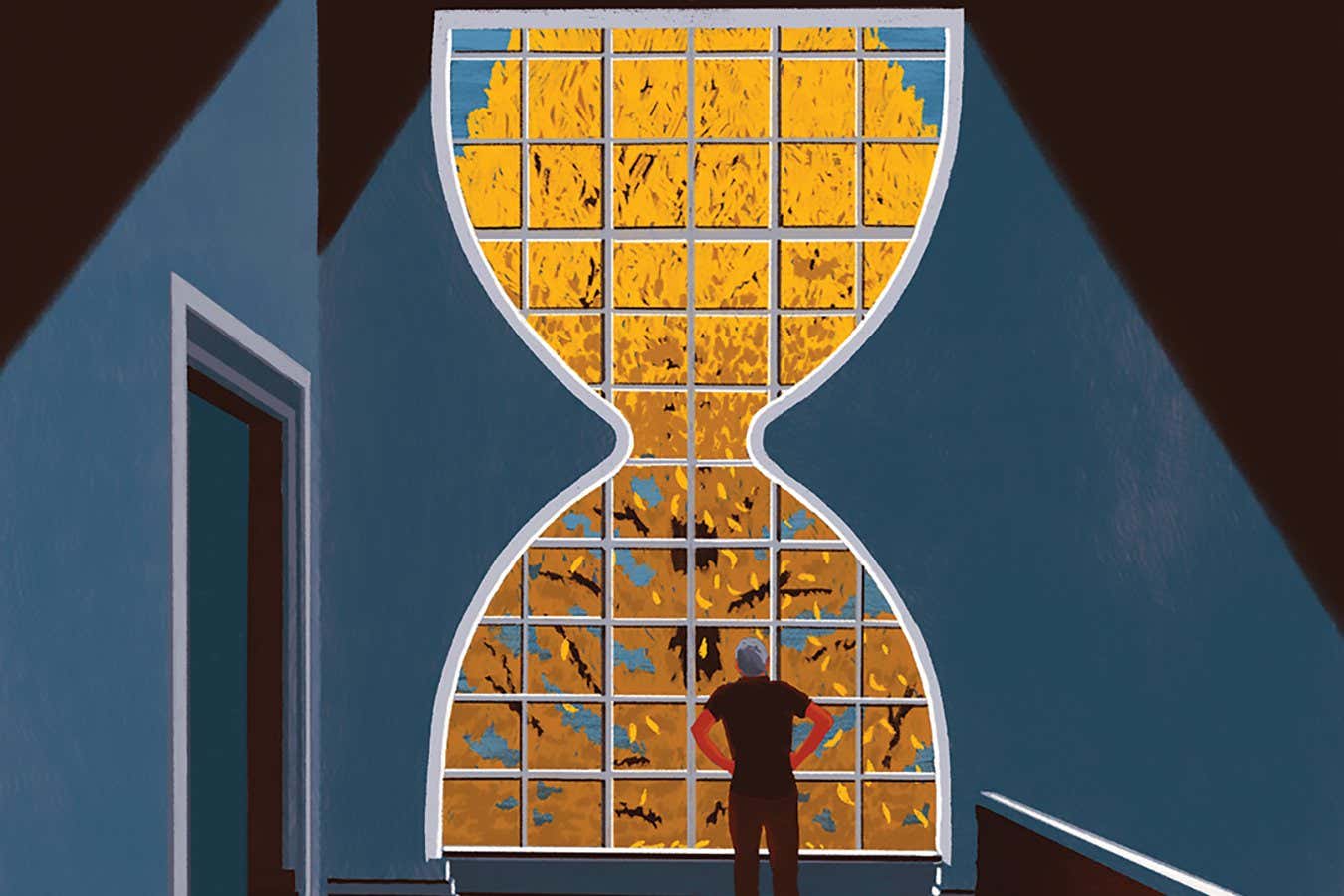
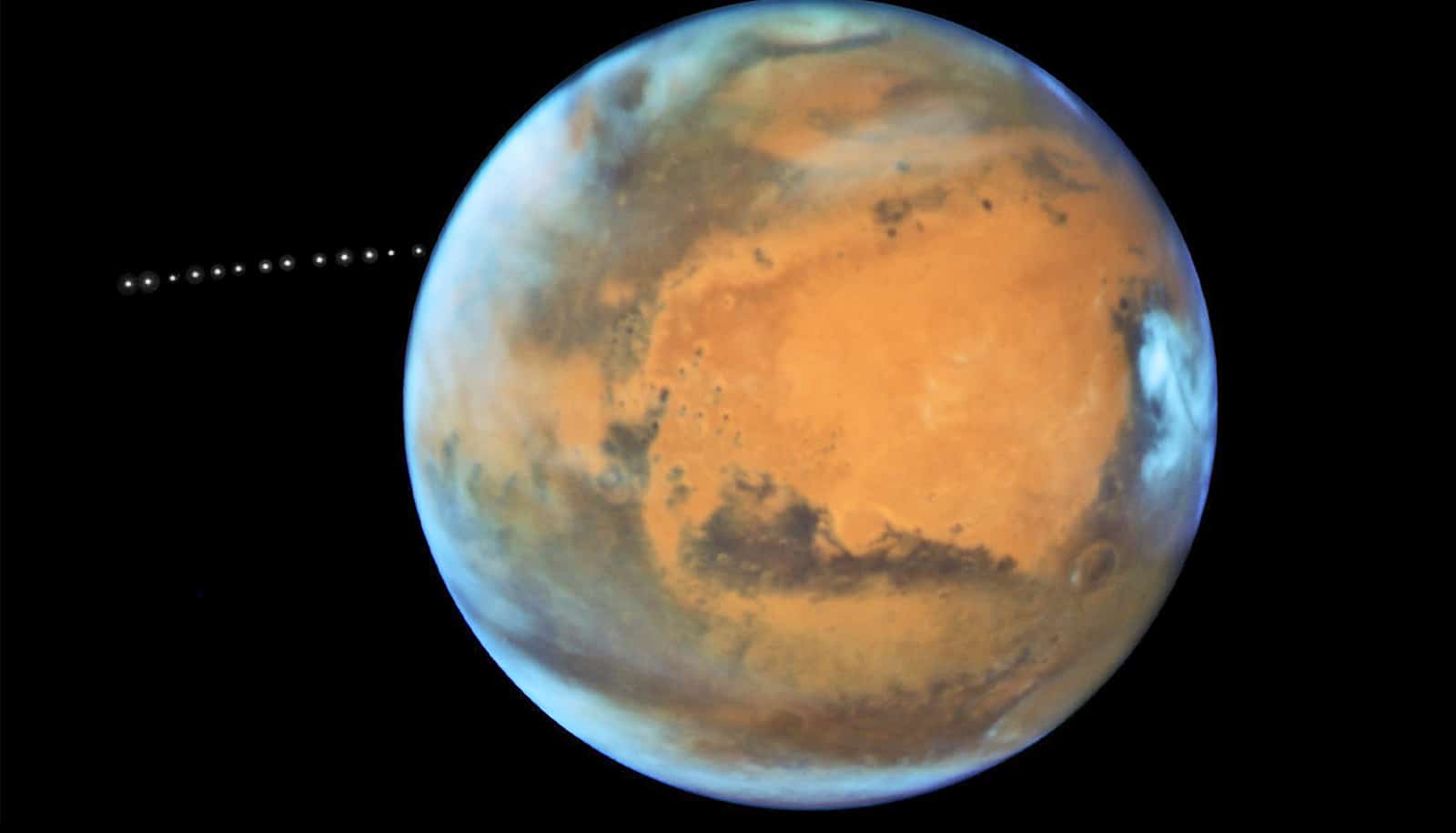
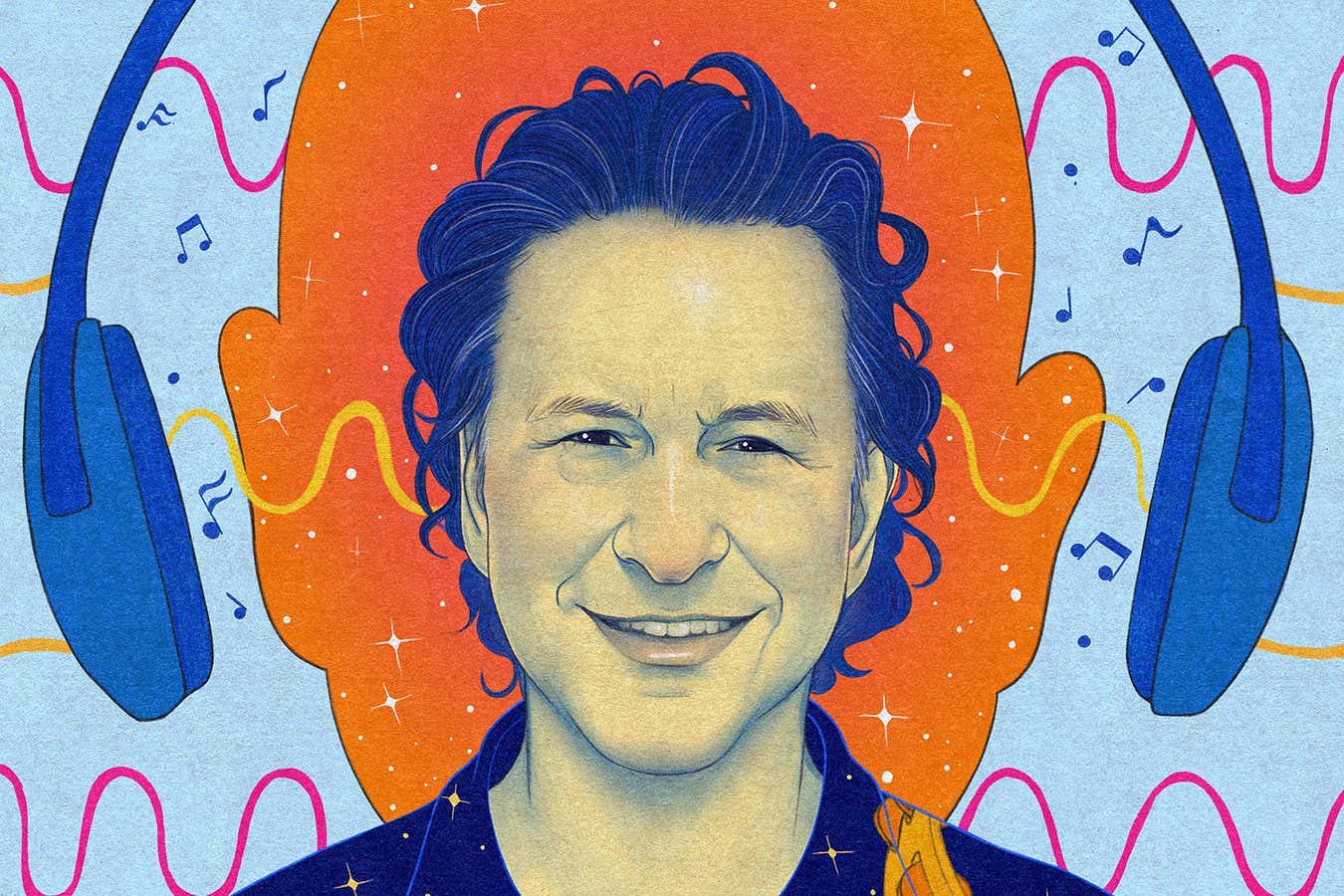

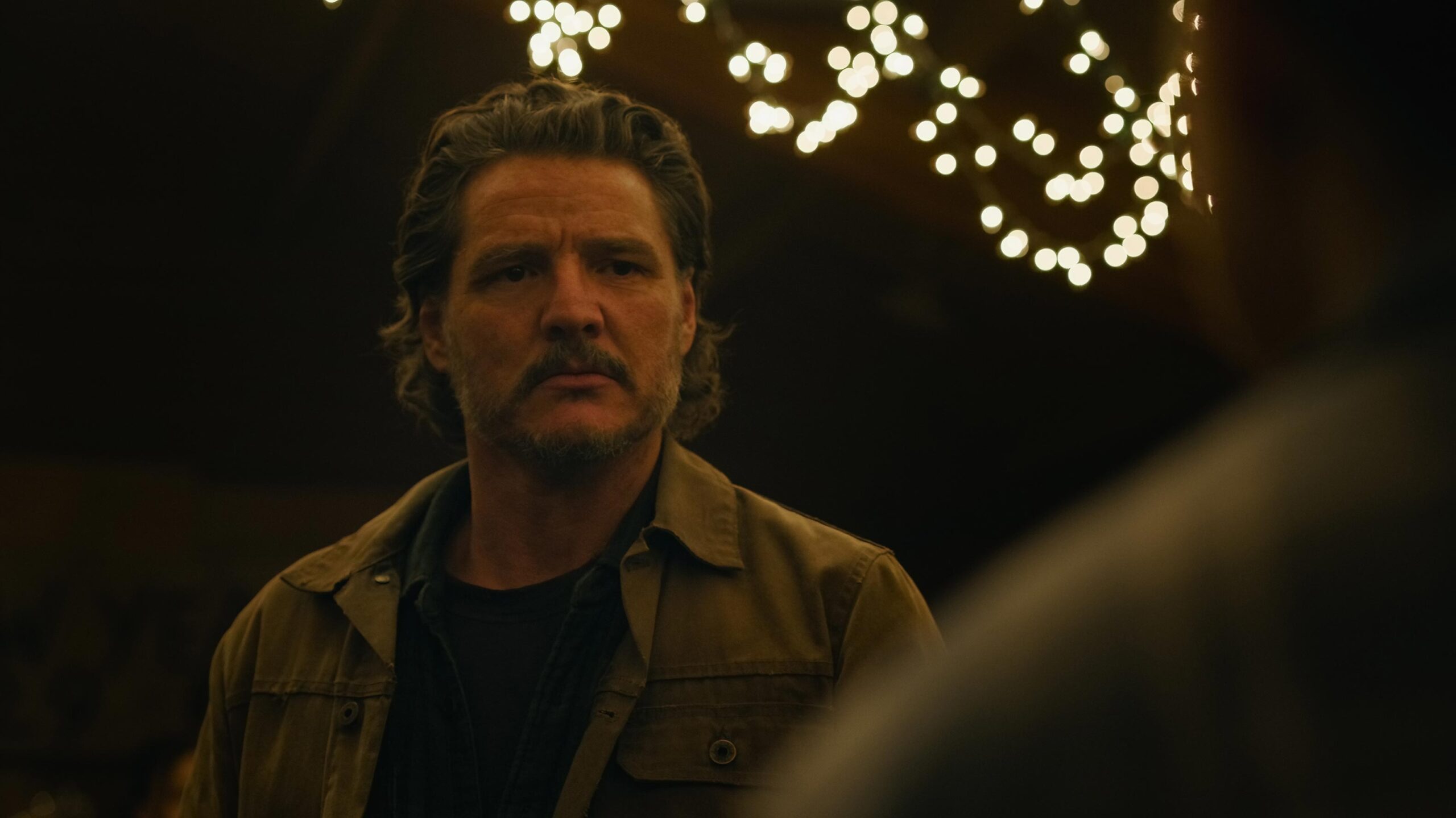


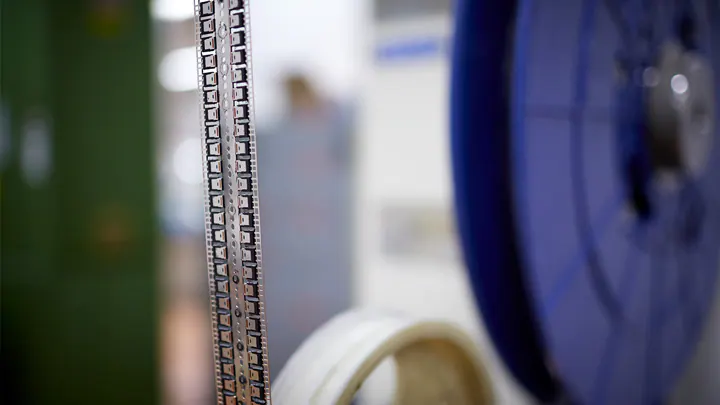

Leave a Comment